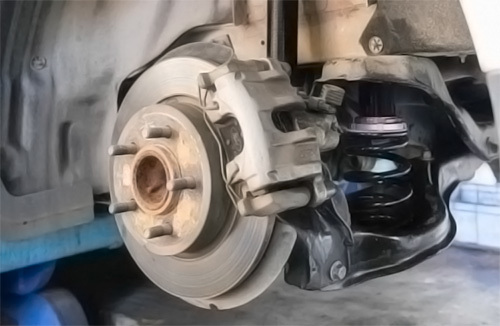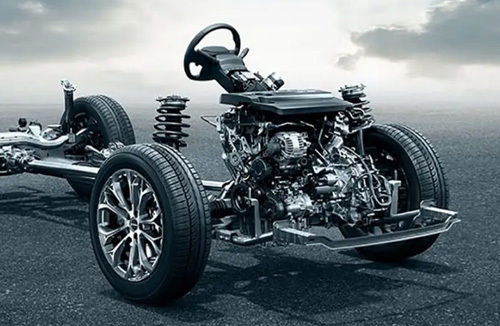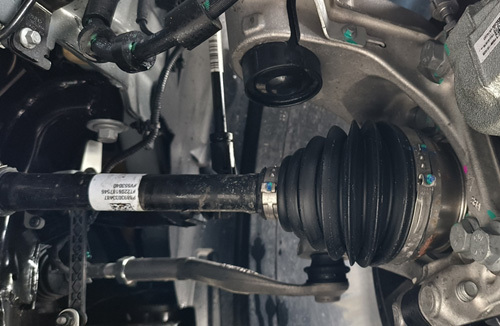08
2024-11
What is the material of the differential housing
The material selection of the differential housing, as a key component of the automotive differential
The material selection of the differential housing, as a key component of the automotive differential, has a significant impact on the performance and service life of the differential. Below, we will provide a detailed introduction to the common materials and characteristics of differential housings.
1、 Cast iron material
Cast iron is a common material for differential housings. It has the advantages of low cost and simple manufacturing process. However, cast iron material is relatively brittle, so special attention should be paid to avoiding collisions and impacts during use. Cast iron differential housings are typically suitable for small vehicles, as they can reduce manufacturing costs while meeting basic performance requirements.
2、 Aluminum alloy material
Aluminum alloy is another widely used material for differential housing. It has the advantages of light weight, high strength, and corrosion resistance. The manufacturing process of aluminum alloy differential housing is relatively simple and the production cost is low, so it is widely used in small vehicles. In addition, aluminum alloy has good thermal conductivity, which helps with heat dissipation and thus improves the service life of the differential.
3、 Steel material
Steel is a sturdy and durable material with high compressive and tensile strength. Steel differential housing is suitable for large vehicles and can withstand greater loads and impacts. In addition, steel also has good wear resistance and corrosion resistance, and can be used for a long time in harsh working environments. However, the weight of the steel differential housing is relatively large, which may affect the fuel economy of the vehicle.
4、 Synthetic materials
In addition to traditional materials, synthetic materials are gradually being used in the manufacturing of differential housings. Synthetic materials usually have certain corrosion resistance and strength, which can meet the performance requirements of high-end vehicles for differential housings. However, the relatively high cost of synthetic materials limits their application in mid to low end vehicle models.
In short, the material selection of the differential housing needs to be determined based on the vehicle type, usage environment, and performance requirements. Various materials have their advantages and disadvantages, and manufacturers need to weigh and choose in actual production to ensure that the performance and service life of the differential reach the best state.
What are the brake system brackets
2024-11-08
Wind turbine planetary carrier: function, structure, and maintenance methods
2024-11-05
What are the maintenance methods for steering knuckles
2024-11-03



